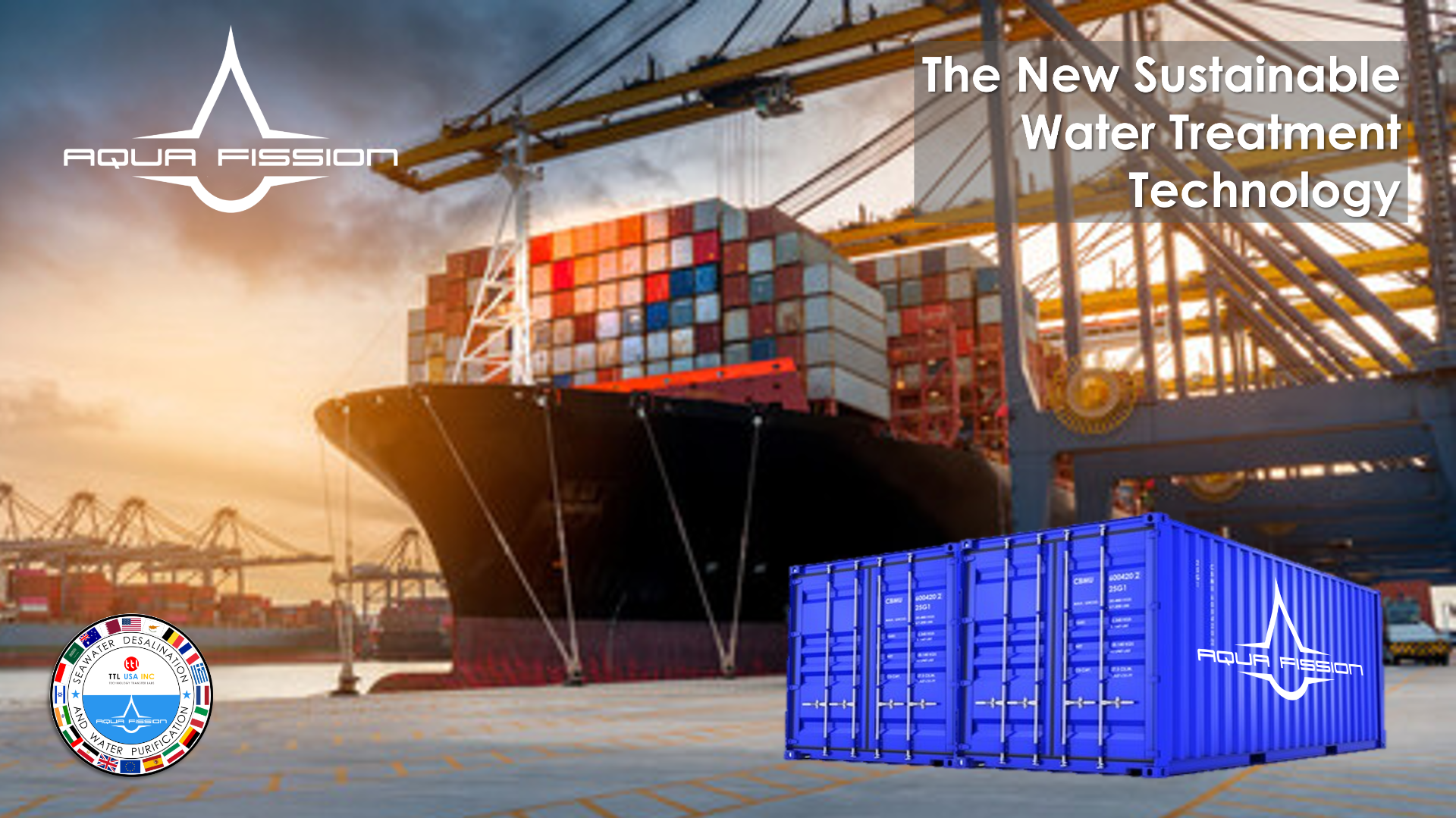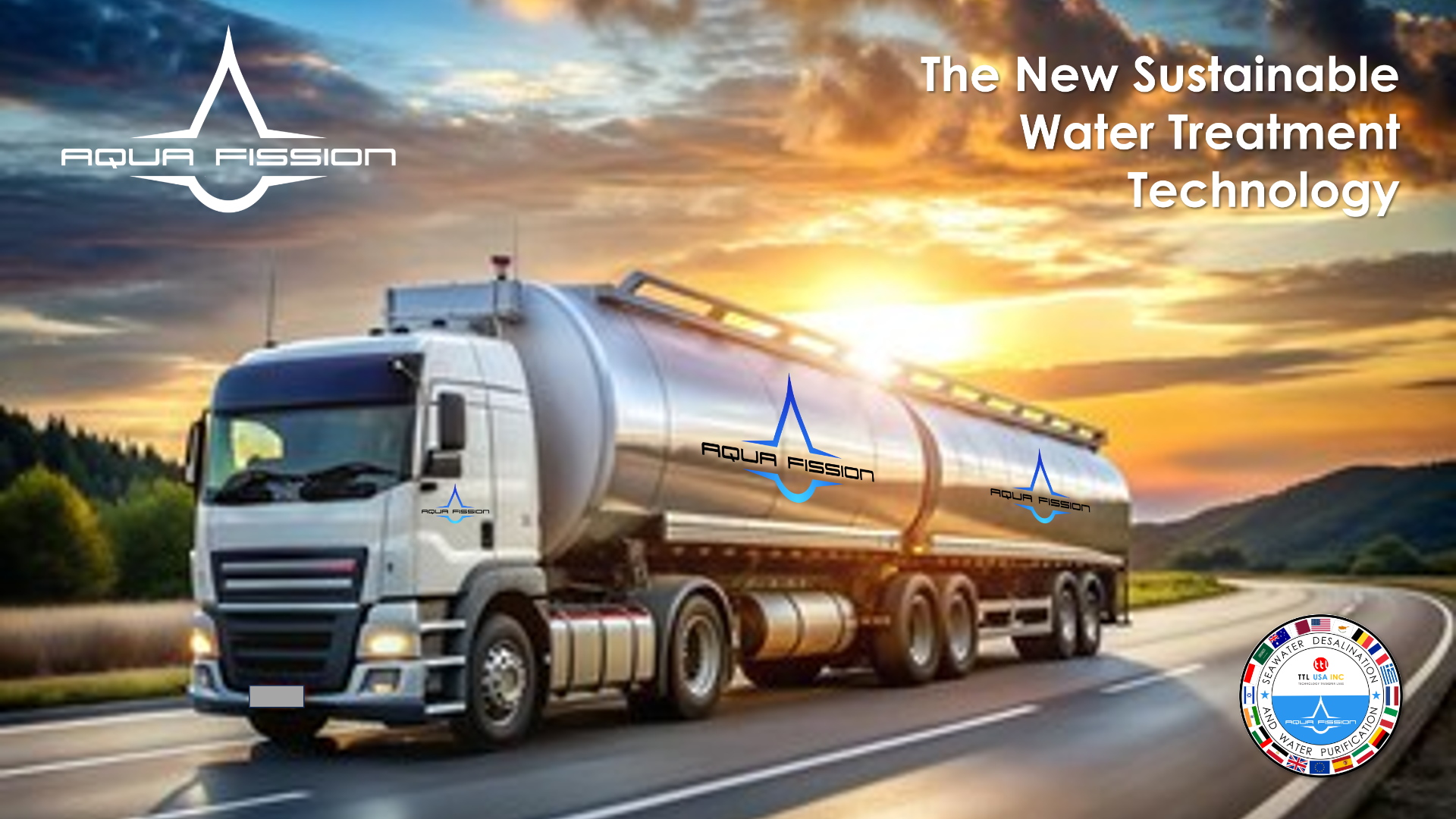SUSTAINABILITY & MORE


Detailed Description
This image shows blue spheres representing relative amounts of Earth's water in comparison to the size of the Earth. Are you surprised that these water spheres look so small? They are only small in relation to the size of the Earth. These images attempt to show three dimensions, so each sphere represents "volume." They show that in comparison to the volume of the globe, the amount of water on the planet is very small. Oceans account for only a "thin film" of water on the surface.
Spheres representing all of Earth's water, Earth's liquid fresh water, and water in lakes and rivers
The largest sphere represents all of Earth's water. Its diameter is about 860 miles (the distance from Salt Lake City, Utah, to Topeka, Kansas) and has a volume of about 332,500,000 cubic miles (mi3) (1,386,000,000 cubic kilometers (km3)). This sphere includes all of the water in the oceans, ice caps, lakes, rivers, groundwater, atmospheric water, and even the water in you, your dog, and your tomato plant.
Liquid fresh water
How much of the total water is fresh water, which people and many other life forms need to survive? The blue sphere over Kentucky represents the world's liquid fresh water (groundwater, lakes, swamp water, and rivers). The volume comes to about 2,551,100 mi3 (10,633,450 km3), of which 99 percent is groundwater, much of which is not accessible to humans. The diameter of this sphere is about 169.5 miles (272.8 kilometers).
Water in lakes and rivers
Do you notice the "tiny" bubble over Atlanta, Georgia? That one represents fresh water in all the lakes and rivers on the planet. Most of the water people and life of earth need every day comes from these surface-water sources. The volume of this sphere is about 22,339 mi3 (93,113 km3). The diameter of this sphere is about 34.9 miles (56.2 kilometers). Yes, Lake Michigan looks way bigger than this sphere, but you have to try to imagine a bubble almost 35 miles high—whereas the average depth of Lake Michigan is less than 300 feet (91 meters).

Seawater Desalination
Aqua Fission - Seawater Desalination Technology offers significant advantages over traditional reverse osmosis (RO) methods in water treatment. While standard RO technology typically generates 40-50% wastewater (brine) with an increased salt concentration of 8%, posing a threat to marine ecosystems, Aqua Fission - Seawater Desalination Technology eliminates this issue by producing 100 tons of potable water and only 4 tons of wet salt from the same volume of seawater, without introducing pollutants back into the ocean. In contrast, standard RO yields around 50-60 tons of purified (non-potable) water per 100 m³ of seawater.
The application of Aqua Fission - Seawater Desalination Technology in existing reverse osmosis facilities enables
- Doubled volume of potable water production
- Complete halt of harmful brine waste release into the ocean
- Adaptation of this distinctive and unique technology for specific purposes
The Solution - Aqua Fission Technology
Aqua Fission - Oil & Ballast Technology applies innovative thermodynamic processes for the efficient purification of various types of water contaminants, with a focus on oil and oil products, including ballast water contaminated with chemical reagents and sediment from tanker vessels. Aqua Fission - Oil & Ballast Technology includes the following applications:
- Ballast water treatment
- Highly purified fresh water suitable for storage, industrial use, or environmentally safe release into natural water sources
- Separated oil and oil products with low emulsion
- Solid sediment consisting of chemical substances mixed with seawater
- Hydraulic fracturing water treatment
- Fresh water in large quantities
- Propping agents (small particles, such as sand or ceramics) that maintain fractures in the rock formation during the fracturing process
- Chemical additives, including surfactants, biocides, pH regulators, and other substances, along with trace fracture inhibitors.
Aqua Fission - Radioactive Water Purification Technology is capable of completely removing radioactivity from water. This radioactive pollution can occur from artificial sources, such as the cooling of nuclear reactor fuel elements, as well as from natural sources when groundwater flows underground through granite and other radioactive materials.
Other Applications
The Aqua Fission Technologies are universal, covering more than 12 different application areas including desalination of seawater, complete purification of brines, treatment of chemical or wastewater, pyrolysis liquids, and ballast water, as well as the removal of arsenic, lead, mercury, and other groundwater contaminants.
The system is extremely low in energy consumption and is capable of harnessing wind energy as well. It does not require consumables, filters, membranes, chemicals, reagents, inhibitors, coagulants, filters, cathodes, anodes, etc. Productivity can be increased by using multiple 40-foot-long, linearly expanding capacity devices.
The Solution - Information for Service Providers


Carbon Footprint
The values contained in the CO2 emissions table are extrapolated and modeled based on the standard fuel consumption of the turbine. In every instance, precise calculations of CO2 emissions are required due to the non-uniform nature of the chemical feedstocks and fuels originating from the PlastiFission plant. These materials are inherently variable, stemming from the processing of diverse compositions of chemical waste within distinct geographic regions. Notably, discernible disparities are evident in the outcomes of the foundational CO2 emissions calculations associated with each respective technology.
